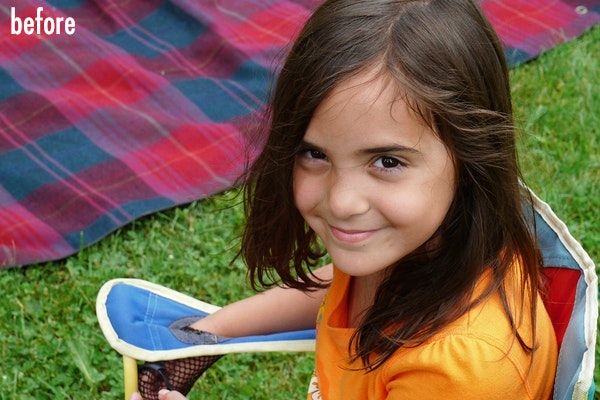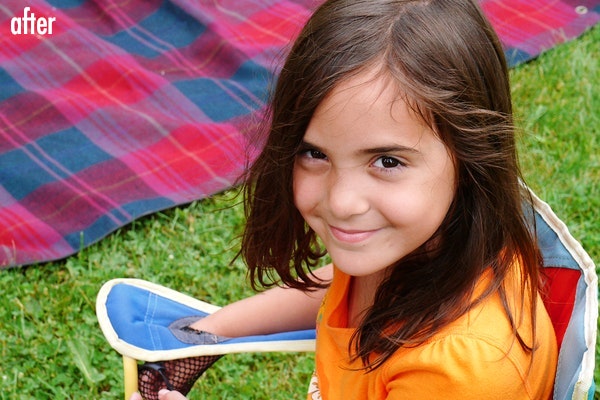
Hi, I am Alex
Thank you for taking the time to read through this article. I’d like to share with you our story and how we produce your prints. I hope you enjoy the read.
In my previous life, I flew around the globe running software development teams and led the research lab for a NASDAQ public company.
I decided to move away from the busy life of Silicon Valley and settled down in New Zealand in 2011. My daughter Mia was born in May 2014.
The HappyMoose story started when I tried to print some photos to send back to the grandparents.
No place for quality
Uninterested in new technology and wedded to a low price, high volume business model, major printing companies, both online and offline ones, have surprised me with how poor the quality of their products was.
After a few false starts, I eventually realised that handling the production myself and using software to automate repetitive work is the only way to offer the top quality products at an affordable price.
In 2016, I purchased our first large format printer and started operation from a small study at home. Our printer has been set to “Prioritise for Print Quality” ever since.

Engineering meets design
I went to school studying engineering, but I also had 15 years of training in typography. HappyMoose gives me a rare opportunity to use both skills by combining good disciplined engineering with empathy-driven design practices.
We programmed the robots and printers so that they will generate the perfect result in an imperfect world, where paper and printer performance varies as the environment around them changes.
We designed the new and creative products to display your favourite photos, and we developed the software you need to upload, design and preview the final products.

New workshop
As the business grows, we hired a few production technicians. The small study at home is no longer big enough. With a supportive wife, I took over the main family lounge and operated from there throughout the 2017 holiday seasons.
Early in 2018, to take the business to the next level, we took the plunge and purchased a new digital press that weights over a ton. The team waved goodbye to our lounge and moved to a new workshop on the 6th of June, 2018, where this booklet and all the products you get were made.
Now, allow me to show you some details of how your prints are made.

Best inks possible
Like many things in life, you get what you paid for. Aiming for the best quality, we picked a state-of-art 12-colour printer, using only authentic ink.
Generally speaking, more colours equal to better print quality. But it also means that more money locked into the machine. So printing businesses often use far less, typically 5, 6 or 8, colours to produce the final print.
Another common practice to cut printing cost is to use third-party inks that are not designed, tested and manufactured by the printer company. When compared to prints produced with genuine ink, the quality difference can be quite shocking.

Genuine paper
The quality of the paper, and especially the thin chemical coating layer on the top, determine how well the colours come out and how long they will last before the prints start to fade.
We evaluated more than fifty different paper stock choices and settled down on a handful that offers the best quality for each price range.
The default Professional Satin paper is heavyweight at 230gsm (three times heavier than ordinary copy paper).
For the customers who want archival quality, we offer 280gsm premium pearl paper and 308gsm German Hahnemuhle Photo Rag paper, both highly regarded by professional photographers around the world.

Daily calibration
All great baristas start their morning by gently turning the knobs until the machine reaches its performance sweet spot. Until then they will begin to making coffee for their customers.
Depends on the temperature, humidity and differences between different paper rolls, the print quality can vary noticeably.
Every day, we will warm the machine up to a specific temperature and perform a daily calibration process to make sure that all colour drifts overnight have been resolved.
We also rebuilt our workshop to use only 5000k LED lights, which is the international gold standard for judging colour correctness.
Best Prints Possible


Modern mobile phones have a wider colour gamut than most printing software can accommodate. We designed our production pipeline from the ground up to ensure that every photo is printed fully managed. No colour will be squeezed out during the process.
We know that not every photo is perfect. Nor is everyone a professional photographer. So we offer an optional colour enhancement service to help you get the best possible prints for the pictures you have.
Our trained technician will load your images in Photoshop and manually tweak the contrast, colour balance, adjust the skin tones, and remove any colour casts.

The Best to the Most for the Least
One of my heroes is Charles and Ray. He designed and manufactured the first Eames chair. The quintessential “organic furniture” that he used to prove that mass production does not equate to dull and soulless products.
He had learned that if you were designing for scale, you had to discover how to make the tooling—not just the end product—yourself. This was a profound realisation, one that dovetailed naturally with his gift for hands-on design and engineering.
This holistic approach to product design is also what we are good at. We know we are successful when we have created the best quality products that are affordable for most families.